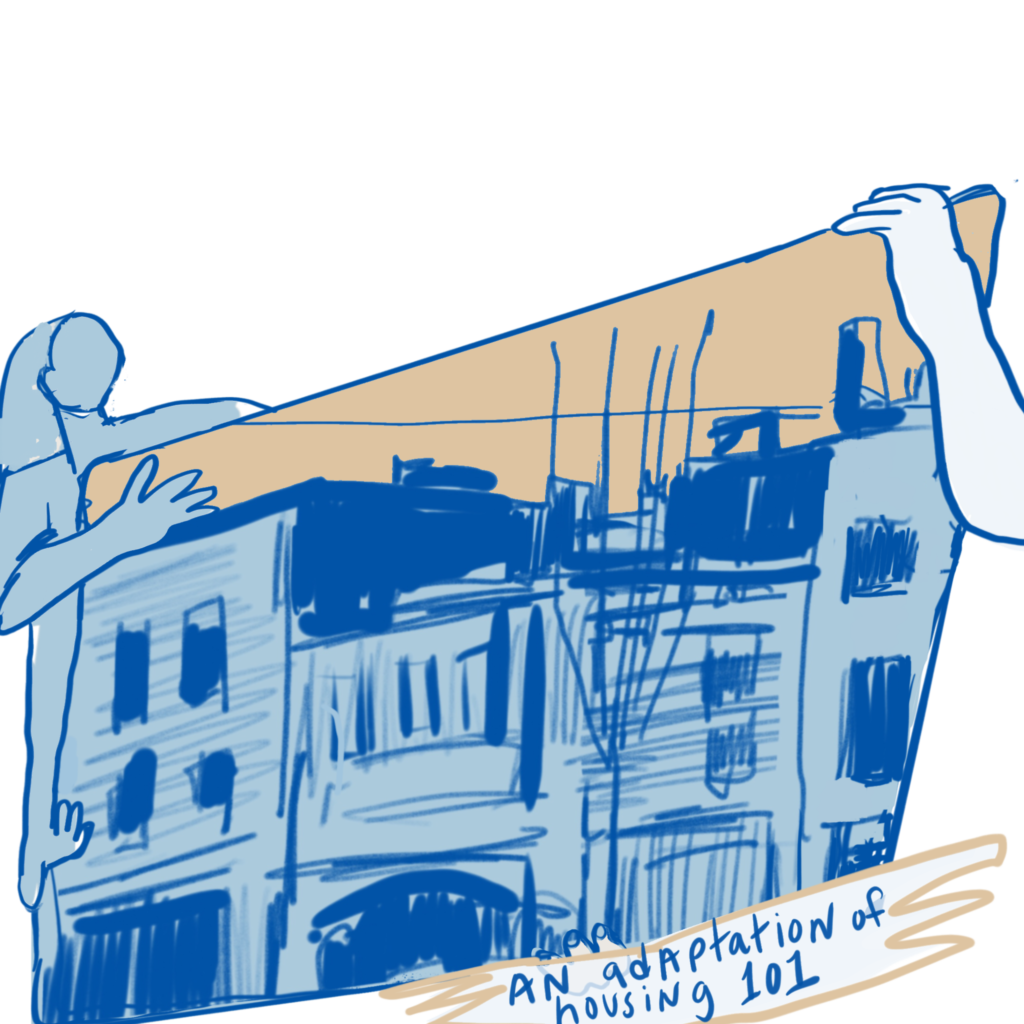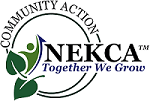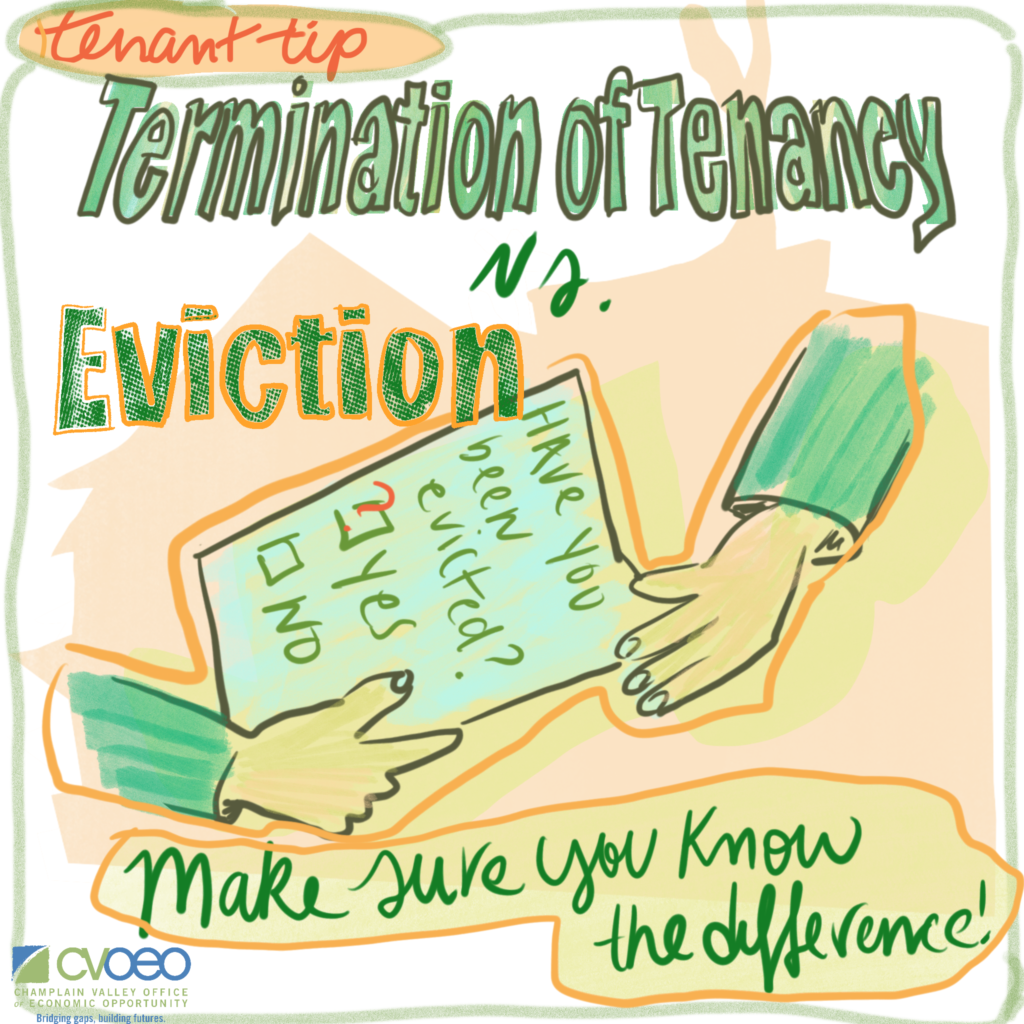
Chapter 1: The Crunch:
–What do we mean when we say “Vermont has a housing crisis?”
Chapter 2: Emergency housing:
=> Resources for people who are experiencing homelessness (including unsafely housed ) or at risk of becoming homeless
Chapter 3: What is affordable housing?
-What options are there for people who need help paying for their housing, but are not currently homeless?
Chapter 4- Avenues for Advocacy
– What can you do about the affordable housing shortage?

Housing is a surprisingly complex topic. When we talk about housing and housing insecurity, we can be referring to different pieces of the housing landscape. For instance, an organization providing affordable housing is often distinct from an organization providing emergency shelter. But to connect to the proper resource, we need to first have a vocabulary for the different categories that exist within the field of housing advocacy and housing access. Generally, housing conversations fall into three categories:
- Emergency Housing & Homelessness Assistance – Shelters, Community Action, General Assistance program
- Affordable Housing– Affordable rental housing, housing subsidies, and first-time homeownership programs.
- Advocacy, Development and Finance– Regional, State, and Federal avenues for advocacy, organizations providing housing advocacy, housing financiers and housing developers
Equity, inclusion & housing choice:
When we talk about housing access, we need to approach each resource from the lens of Equity, Inclusion, and Housing Choice. In Chapter 1 we highlighted why housing choice is important, but recognized many are not able to access their right to equal opportunity and choice in securing housing. In particular, we need to recognize that BIPOC renters are often excluded from equal opportunity to housing due to historically racist housing policies, and present day biases which continue in our housing practices.
Before we cover the differences between these housing programs, an important reminder: If you currently need help finding housing or paying your rent, contact your local Economic Services Department (ESD)(The number for the Statewide ESD call center is 1-800-479-6151) or call 2-1-1 after hours or on the weekends
If you have received an eviction notice, seek assistance immediately with Vermont Legal Aid.
Emergency Housing & Homelessness Assistance – Shelters, Community Action, General Assistance program
Often when we hear about housing limitations, we hear about it from the lens of homelessness. For people currently without housing or who have received an unexpected termination of tenancy notice, we have emergency housing programs. A wide variety of organizations including state government, local government and non-profit organizations assist persons at risk of homelessness or currently experiencing homelessness. The type of assistance varies based on your unique circumstances. Assistance can include emergency sheltering for individuals or families, food, job training, and assistance specifically for homeless veterans or folks fleeing domestic violence.
In the world of housing emergencies, the services can be split into two general categories based on the following question:
Do you need an immediate place to stay tonight?
or
Are you looking to get or keep housing?
A note on language:
Generally, to receive what we call “emergency housing” services, we say a person has to be “homeless.” HUD (the United States Department of Housing & Urban Development ) has a very specific definition of homelessness, divided into four categories.
- Category 1, Literally Homeless: an individual who lacks a fixed, regular and adequate nighttime residence
- Category 2, Imminent Risk of Homelessness: an individual or family who will imminently lose their primary nighttime residence. “Imminently” means very soon, in this case specifically within 14 days of applying for homeless assistance.
- Category 3, Homeless under other Federal Statutes: This is a complicated category, which includes unaccompanied youth who are younger than 25, or families with children who do not otherwise qualify as homeless under this definition but who:
- have not had a lease, ownership interest, or occupancy agreement in permanent housing during the 60 days before they submit an application for homelessness assistance. For instance, a verbal agreement within that 60 day window might make people in this category ineligible to receive homelessness assistance.
- Have experienced “persistent housing instability.” Persistent housing instability is further defined as two or more moves within the 60 days leading up to the application for assistance.
- And lastly, the person(s) must also be expected to continue in this unstable state for an extended period of time due to special needs or barriers to qualify for this category
- Category 4, Fleeing/ Attempting to Flee Domestic Violence: Any person or family who is fleeing or trying to flee a domestic violence situation, without an alternative place to live or the resources to get alternative housing fits into this category.
We learned in Chapter 1 , while covering the Point In Time count, that folks without housing are more than the people in shelters, cars, and campers. There can be overcrowding situations, couch surfing, and other circumstances that may change suddenly for anyone. Living in a precarious or unsafe housing situation, for some, may be easier than identifying with the term “homeless,” and facing the stigma often associated with houselessness. For those of us who are advocates, we are charged with the responsibility to shed light on the shortage and inequities in our housing landscape, which bar people from their basic right to housing for no fault of their own. It is important to remember that houselessness and housing precarity can come up in a lot of different ways, and it can change from one day to the next.
Shelters
Shelters are temporary housing options for people with immediate housing needs. This list covers shelters across the state. Shelters can sometimes be specific in who they serve- for instance, some shelters are for children and family, and some provide housing for people fleeing domestic violence. Shelter availability can fill up quickly, so it’s important to call 211 if seeking shelter.
General Assistance/ Emergency Assistance Program
You might wonder how 11 shelters can house the 2,780 Vermonters who experienced “literal homelessness” during the Point in Time Count last year (2022). Short answer- they can’t! That is why we also have what’s called the “General Assistance Program” and the “Emergency Assistance Program.” Administered by the Economic Services Division (ESD) within the Department for Children and Families (DCF), the General Assistance Program (GA) is an emergency financial assistance program providing the basic necessities of life when those needs cannot be met by any other assistance program within DCF. These state programs essentially allow people without housing, and who meet specific, state-designated requirements, to access emergency, temporary housing through a motel-voucher program for participating motels.
The eligibility for these programs change with each legislative session, and generally fall into three categories: Vulnerable Population, Catastrophic, and Adverse Weather. But even these programs can fill up. You can check the Housing Capacity by region for the GA program on DCF’s Website here. On the day I wrote this blog- a weekday in February of 2023 – the capacity for most GA Emergency Housing is “none” with some regions listed as “extremely limited.” Folks without cars may have to travel long hours on buses to find a place to sleep that night. Some people’s only option is to find the closest thing to shelter that they can- beneath the eaves of a building, in their car, an enclosed ATM machine, a public bathroom.
Community Action Agencies
Community Action Agencies and other Homelessness Prevention Centers provide the much needed support for people at risk of houselessness or exiting homelessness. Vermont has 5 Community Action Agencies (including CVOEO, where we are located):

BROC – Community Action in Southwestern Vermont
45 Union Street, Rutland, VT 05701
(802) 775-0878 • 1-800-717-2762

Capstone Community Action
20 Gable Place, Barre, VT 05641
(802) 479-1053 • 1-800-639-1053

Champlain Valley Office of Economic Opportunity (CVOEO)
255 South Champlain Street, Burlington, VT 05402
(802) 862-2771 • 1-800-287-7971

Northeast Kingdom Community Action (NEKCA)
10 Main Street, Newport, VT 05855-5110
(802) 334-7316 (Newport)
(802) 748-6040 (St. Johnsbury)

Southeastern Vermont Community Action (SEVCA)
91 Buck Drive, Westminster, VT 05158
(802) 722-4575 • 1-800-464-9951
Community Action Agencies are a very important piece of Vermont’s resources for financial stability. Established through the Economic Opportunity Act of 1964 and financed by state and private funding, these agencies provide programs and serves to Vermonters with low or moderate income. Programs and services include financial stability (including classes on credit and budgeting and coaching of micro businesses), Head Start and services for parents, community advocacy programs (such as the Housing Advocacy Program and Voices against Violence), resources for food access and food security, energy assistance programs (such as crisis fuel assistance and weatherization services), and housing assistance.
On Housing Assistance & Community Action Agencies:
Community Action teams providing housing assistance – a critical part of Vermont’s housing support services- work with individuals and families who are homeless or at-risk of homelessness. While housing insecurity can be complex, nuanced and deeply personal, to receive their services you must meet the federal definition of homelessness or at risk of homelessness. As we covered above, that definition is very specific and not very flexible. To access Community Action resources, you must be:
- Literally Homeless
- Imminent Risk of Homelessness
- Homeless under other Federal statutes
- Fleeing/ Attempting to Flee Domestic Violence
- (described in greater detail here):
Importantly, Community Action Agencies do not provide emergency housing assistance. That is why we emphasize that people seeking emergency shelter contact your local Economic Services Department (ESD). (The number for the Statewide ESD call center is 1-800-479-6151) or call 2-1-1 after hours or on the weekends
Housing navigation is available to help secure affordable housing and, if eligible, to provide assistance for security deposits, rental assistance or rental arrearage.
You can locate the community action agency that serves your community here:
Continuum of Care
What is a Continuum of Care?
A “CoC” consists of a partnership of service & resource providers, housing developers, state agencies, and others in the homelessness or low-income service system in a geographic region. This is a network of organizations, which work together to:
- CoCs monitor and address housing and service gaps through proactive solutions;
- Conduct an annual homeless count;
- Coordinate efforts with the statewide planning body.
The Continuum of Care Program is a HUD program “designed to promote community wide commitment to the goal of ending homelessness.” HUD recognizes two Vermont CoCs, which provide both planning initiatives to end homelessness, as well as funding to organizations working to end homeless.
Vermont Balance of State CoC: The Vermont Balance of State COC covers all of Vermont except Chittenden County. The two “applicants” to receive the CoC funds from HUD are the Vermont State Housing Authority and the Office of Economic Opportunity. The Vermont Coalition to End Homelessness (an organization we will talk about in greater detail in Chapter Four, as a part of our coverage on housing advocacy) is the “governing body” of the Balance of State CoC.
- Underneath the umbrella of the Balance of State CoC are eleven local Continuum of Cares which serve the regions across Vermont, besides Chittenden County. These local CoCs do not provide funding. To learn more about CoC’s, you can visit the Vermont Coalition to End Homelessness’ website here
Chittenden County Homeless Alliance: Chittenden County has its own CoC, which is recognized by HUD, does provide funding, but is not overseen by the Balance of State CoC. Chittenden County is served by the Chittenden County Homeless Alliance, also know as CCHA, “the Alliance,” and the Chittenden CoC.
- Chittenden County has the greatest housing shortage, the lowest vacancy rate, and the easiest access to resources through its higher density city-centers as well as its more robust bus line. For some in our state, this may be perceived as a sign that Chittenden County has a greater homelessness problem than the rest of the state. The reality is that many people receiving homelessness assistance in Chittenden County come from rural communities. This unequal distribution of resources is part of the reason our lowest income community members, our most vulnerable community members, and those of our neighbors who have been denied the right to homeownership and wealth accumulation are not able to have choice in where they live. In Chapter 4, we will take a deeper dive in why our housing resources are not equally distributed, and what we can do to address it.
What if I have an urgent rental-housing question, but I am not homeless or at risk of houselessness?
For immediate questions about your tenancy, you can call the CVOEO Vermont Tenants statewide hotline at (802) 864-0099 (interpretation available on request – please leave a message with name, phone number and the language needed). For more information about tenant and fair housing rights and responsibilities, CVOEO’s Housing Advocacy Program has a host of resources, including free on-demand and drop-in workshops, printed and digital educational material, and can always refer callers to the appropriate resource if our services do not meet yur need. (Translated resources are available here)
These services are part of the Housing Advocacy Program of CVOEO. We will be sharing information about CVOEO’s Housing Advocacy Program, including Vermont Tenants, the Mobile Home Program, and the Fair Housing Project, in greater depth in Chapter 4 (link) of Housing Demystified.
Emergency housing is a critical part of our state’s network of housing resources, but addressing our housing needs requires more than just emergency housing programs.

